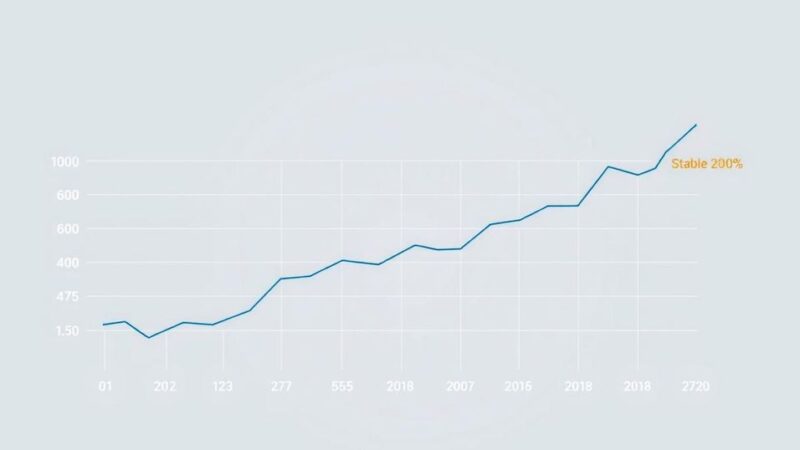Grain sales from Argentina are rising again after currency control adjustments. In April, the government eased restrictions on currency exchange, helping sales recover. Recently, exporters have secured significant deals amounting to 11.6 million metric tons, with soybeans making up a large part of the sales. This shift also reflects a narrowing gap between currency exchange rates, crucial for the economy.
Grain exports from Argentina have made a noticeable recovery after a lull in sales last month. This rebound follows the easing of currency controls, as reported by the Rosario Grains Exchange on Friday. The government relaxed some restrictions back in mid-April, allowing numerous alternative exchange rates to emerge, particularly benefiting agricultural markets. While the move was welcomed by the grains industry, initial sales took a hit as exporters were left uncertain about currency stability, compounded by delays in the soybean harvest.
Recent weeks, however, have seen an uptick in grain sales, as exporters confidently closed transactions totaling 11.6 million metric tons valued at approximately $3.86 billion. On the domestic front, farmers sold 8.8 million tons of grain, predominantly soybeans. It’s worth noting that since mid-April, the disparity between the official peso-dollar exchange rate and rates applicable to grain sales has significantly decreased.
Initially, there was almost a 30% gap between these rates, but that difference has since averaged about 3%. This narrowing of the FX gap has led to the elimination of market distortions, particularly favoring the supply side of the agricultural sector. As the Rosario Grains Exchange highlights, the closing of this gap is crucial, as the agricultural market remains a vital source of foreign currency for Argentina, especially amid continued economic challenges.
President Javier Milei’s administration took steps to boost agricultural exports by slashing export taxes, a measure set to expire at the end of June. This tax reduction is expected to incentivize farmers to push sales ahead of that deadline. Amid these changes, the exchange commented, “This window creates an additional incentive for the sector to front-load sales and settle exports before that date.”
Expectations for the first half of the year suggest that grain exports could bring in $18.2 billion, marking a 26% increase compared to the same period last year. However, if the current tax relief is not prolonged, projections indicate a decline in revenues to $13.4 billion in the second half of the year, according to the Rosario Grains Exchange’s estimate.
In summary, Argentina’s grain sales have started to recover following recent changes to currency controls, with exporters managing to close significant deals. The narrowing gap between the official peso-dollar rate and agricultural rates has further stabilized the market. President Milei’s strategy, which includes temporary tax reductions, could incentivize sales before anticipated changes take effect next month. However, without an extension of these tax cuts, there are concerns about future revenue declines.
Original Source: www.tradingview.com






